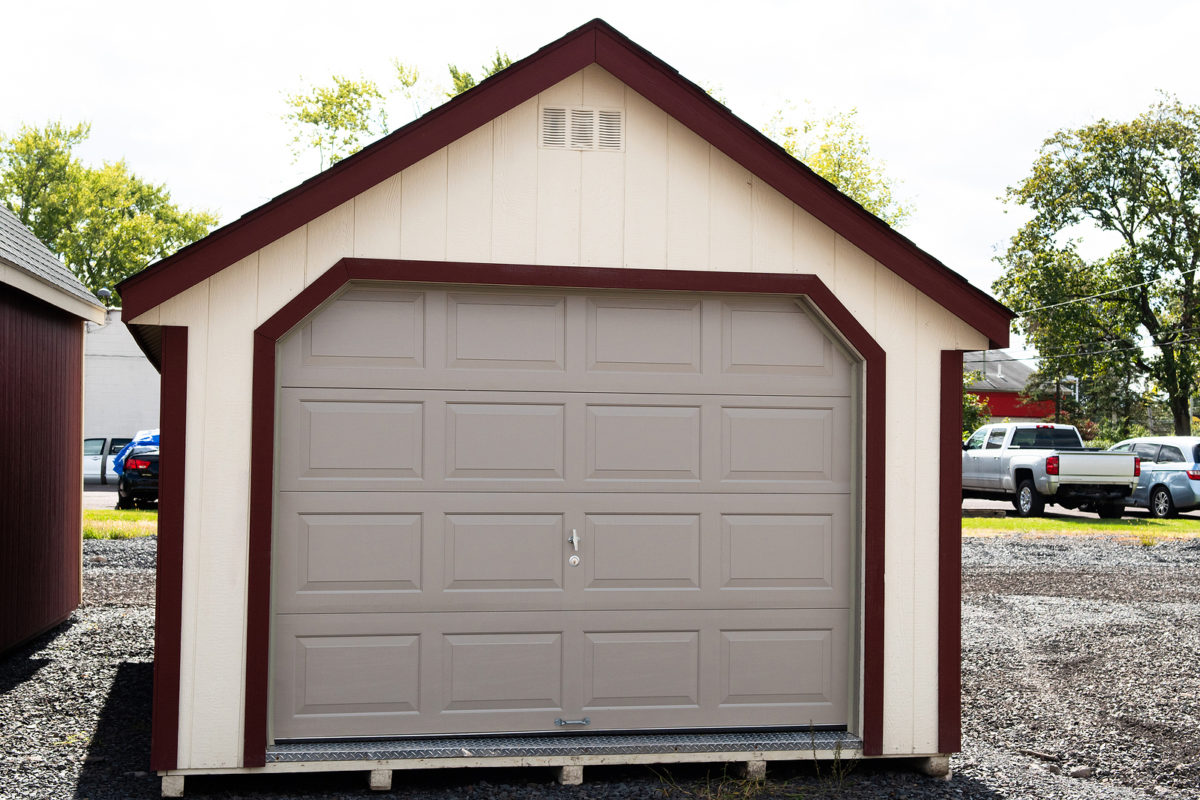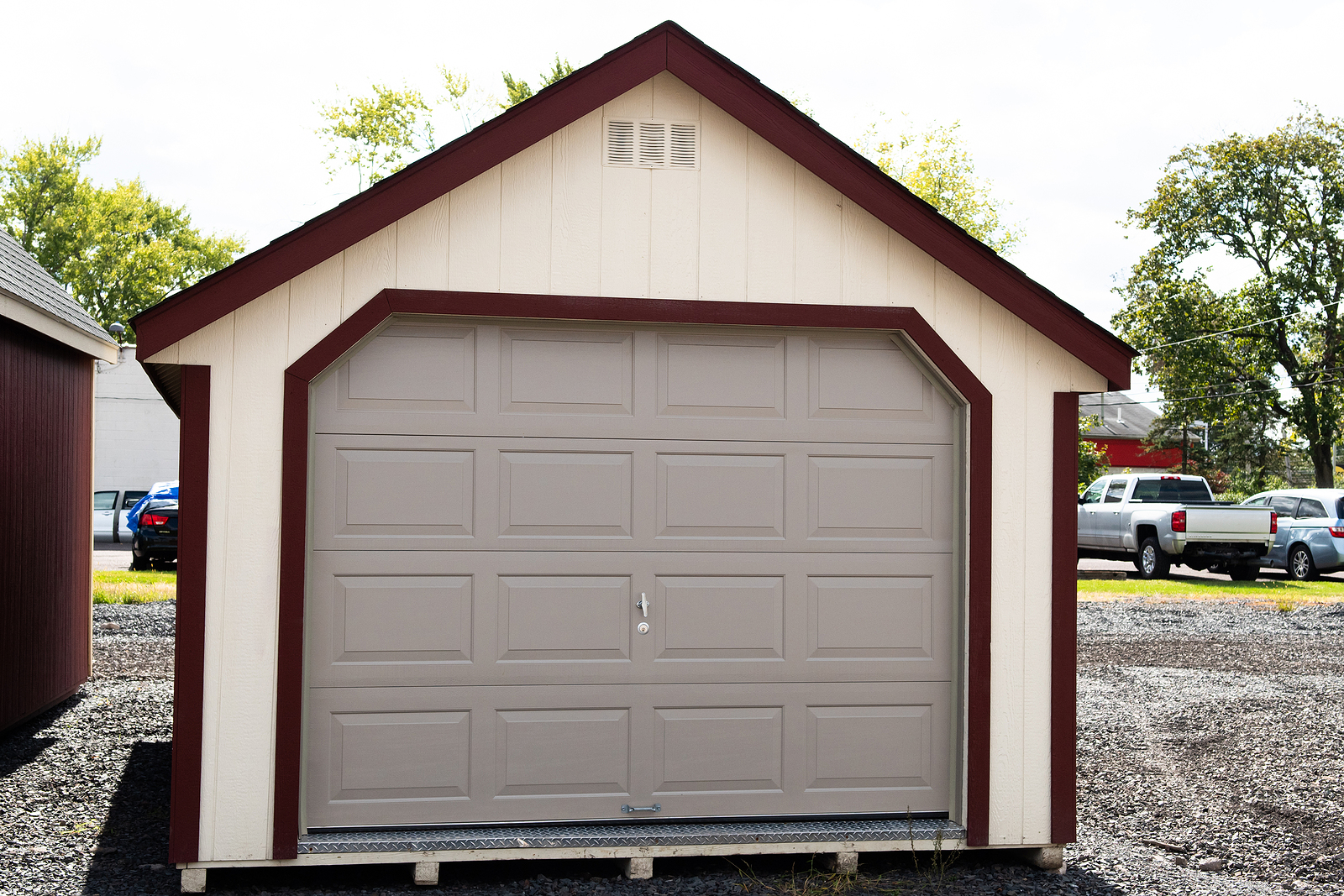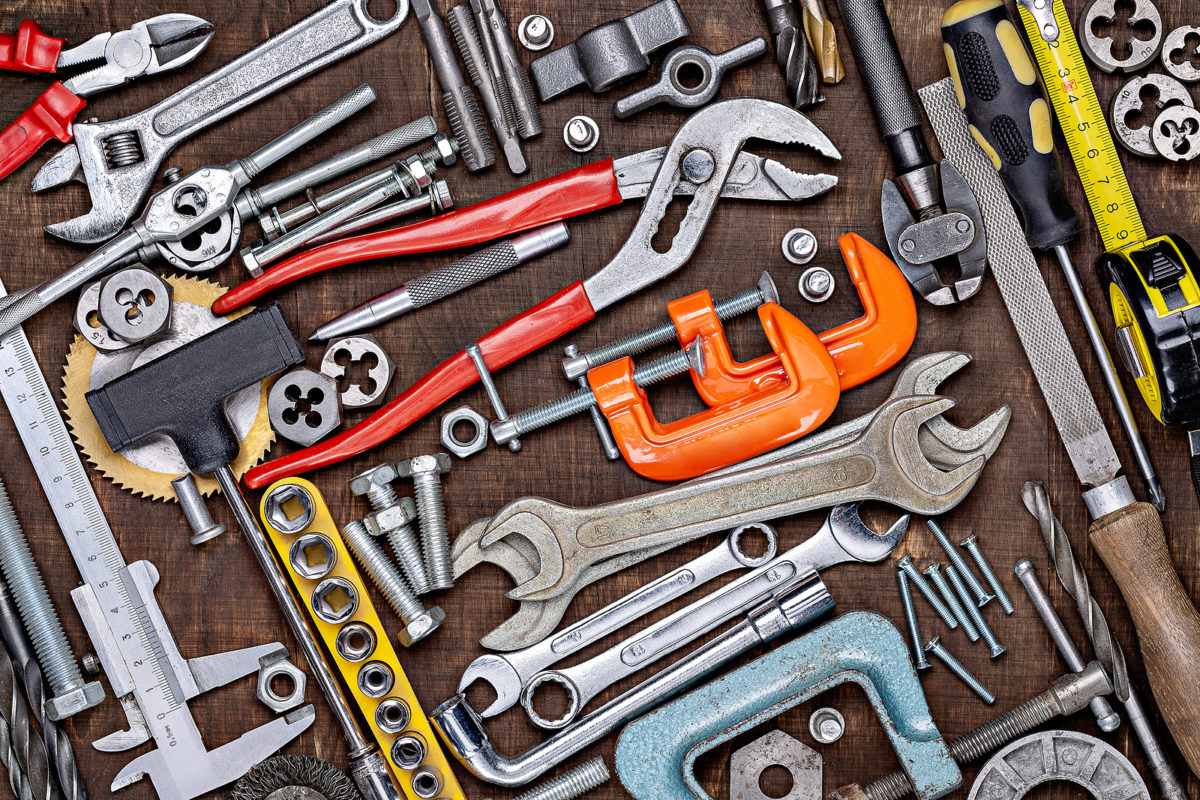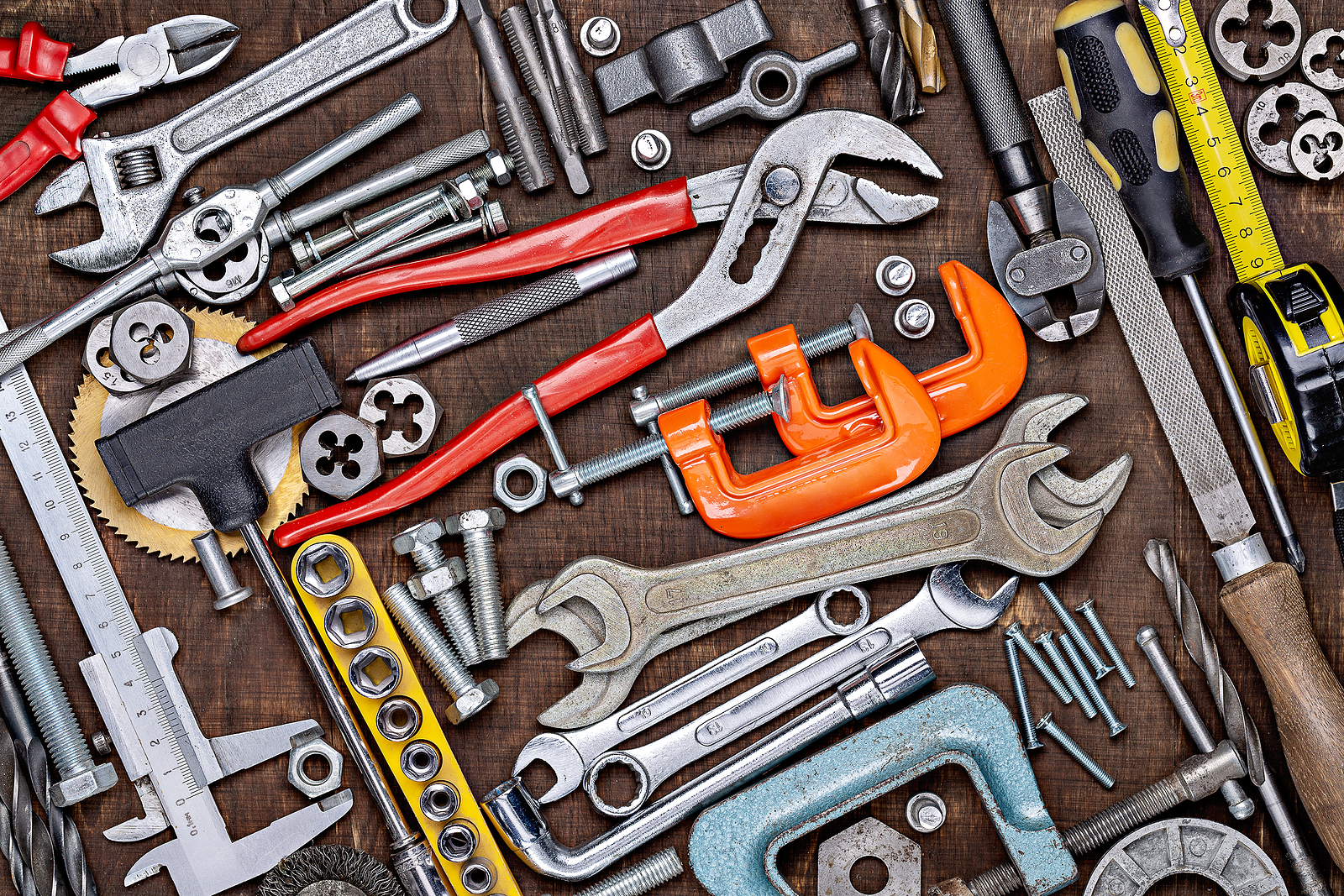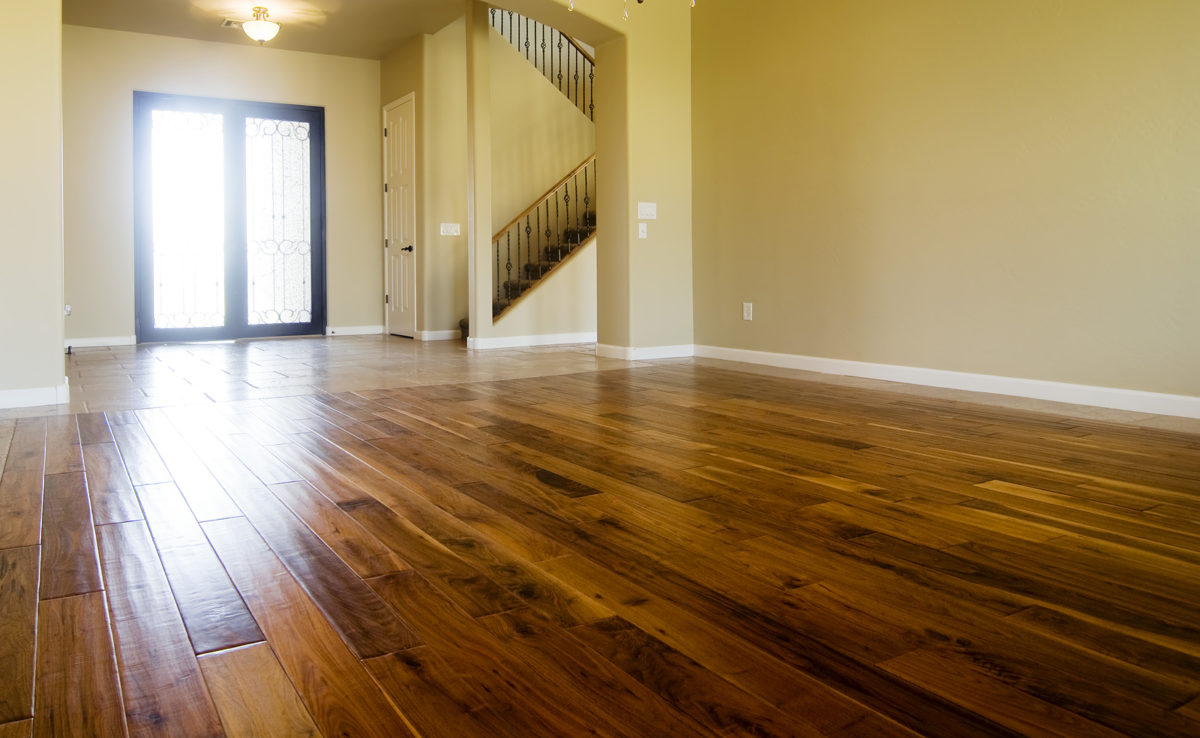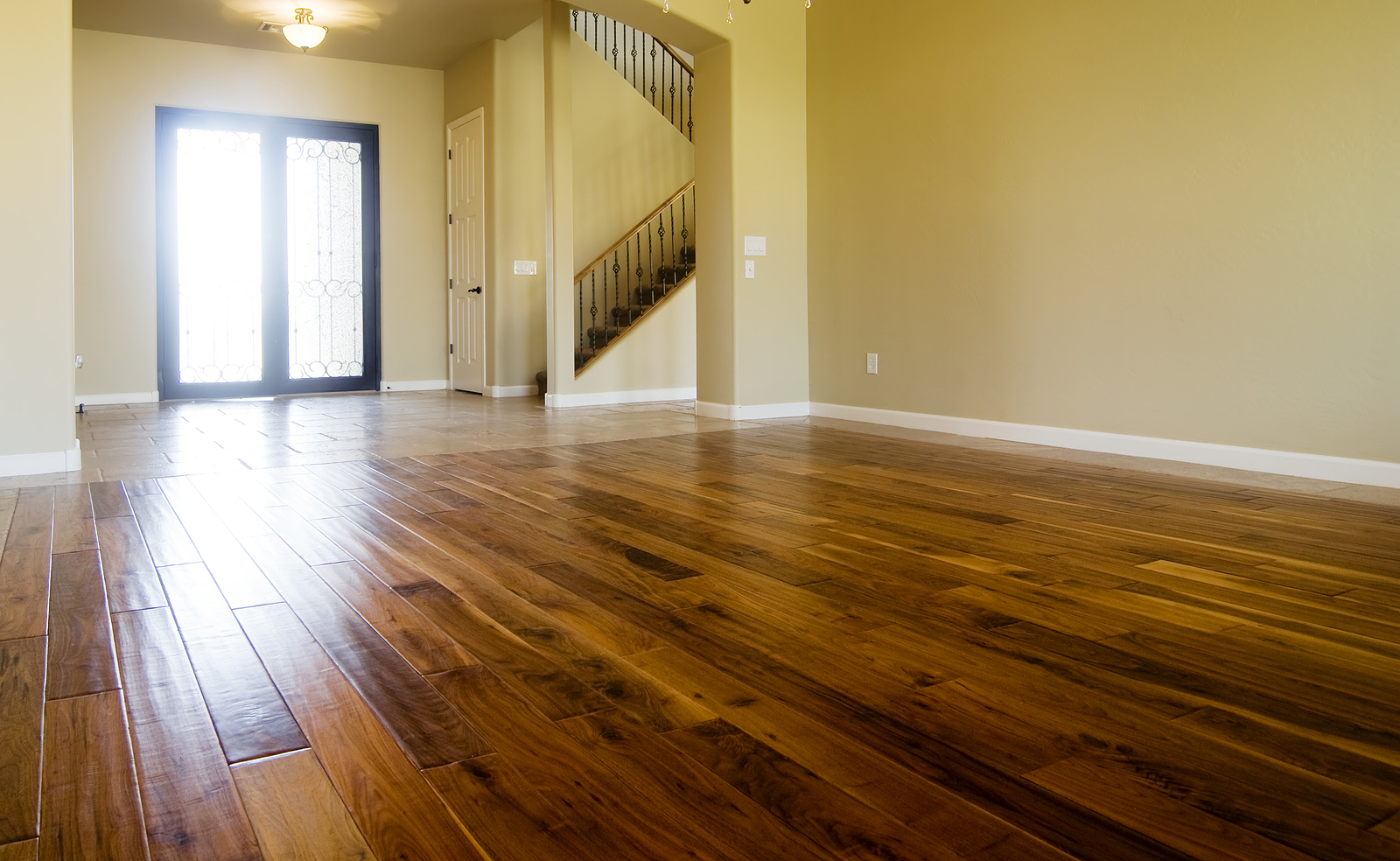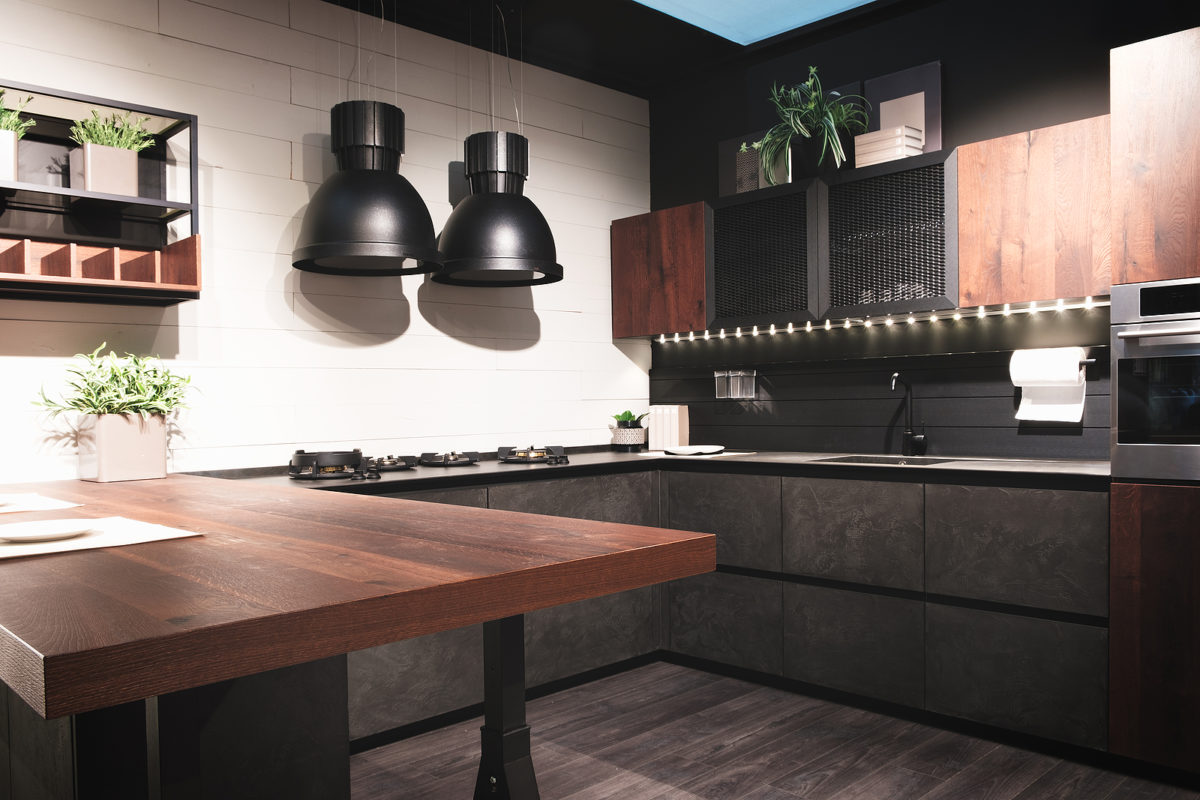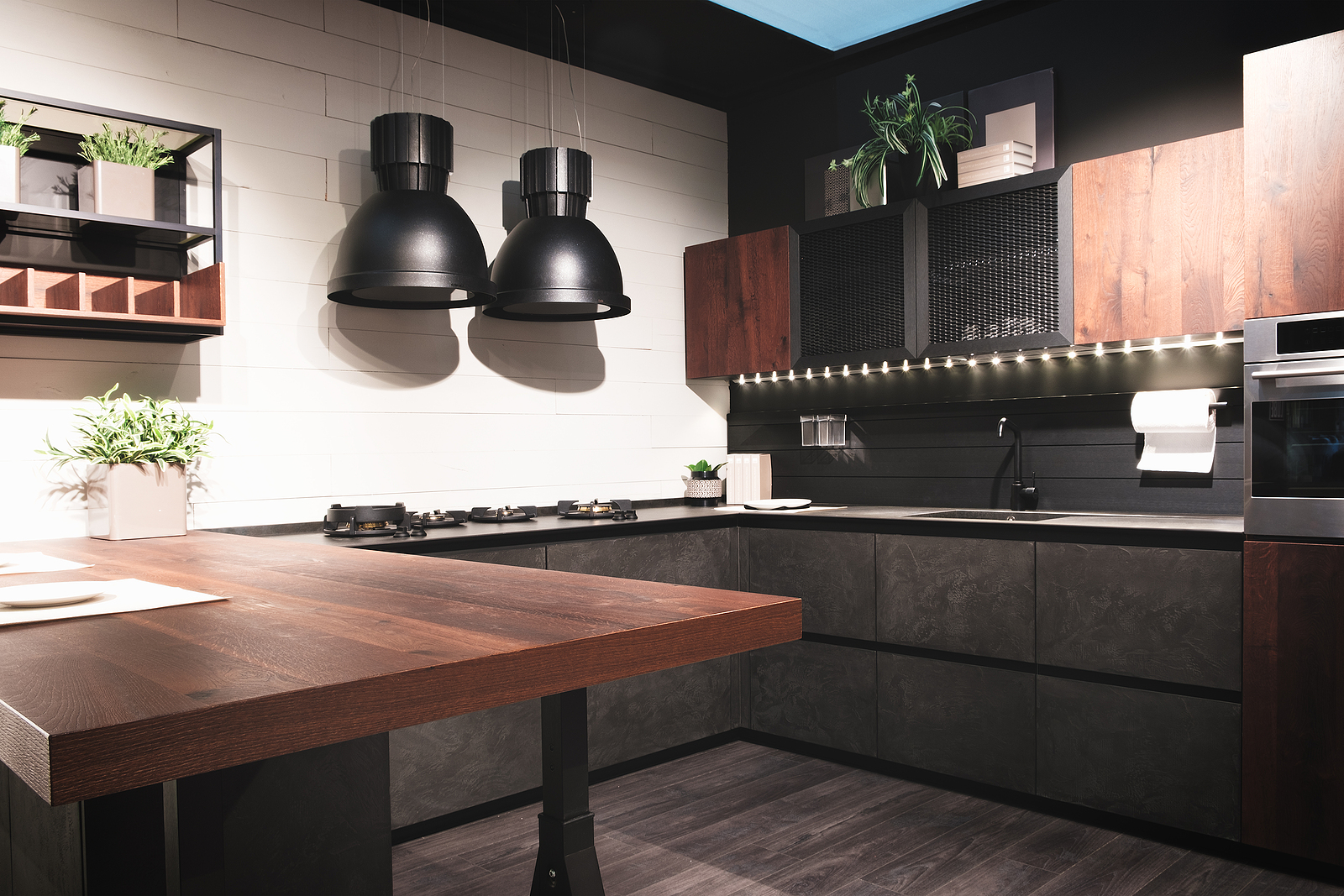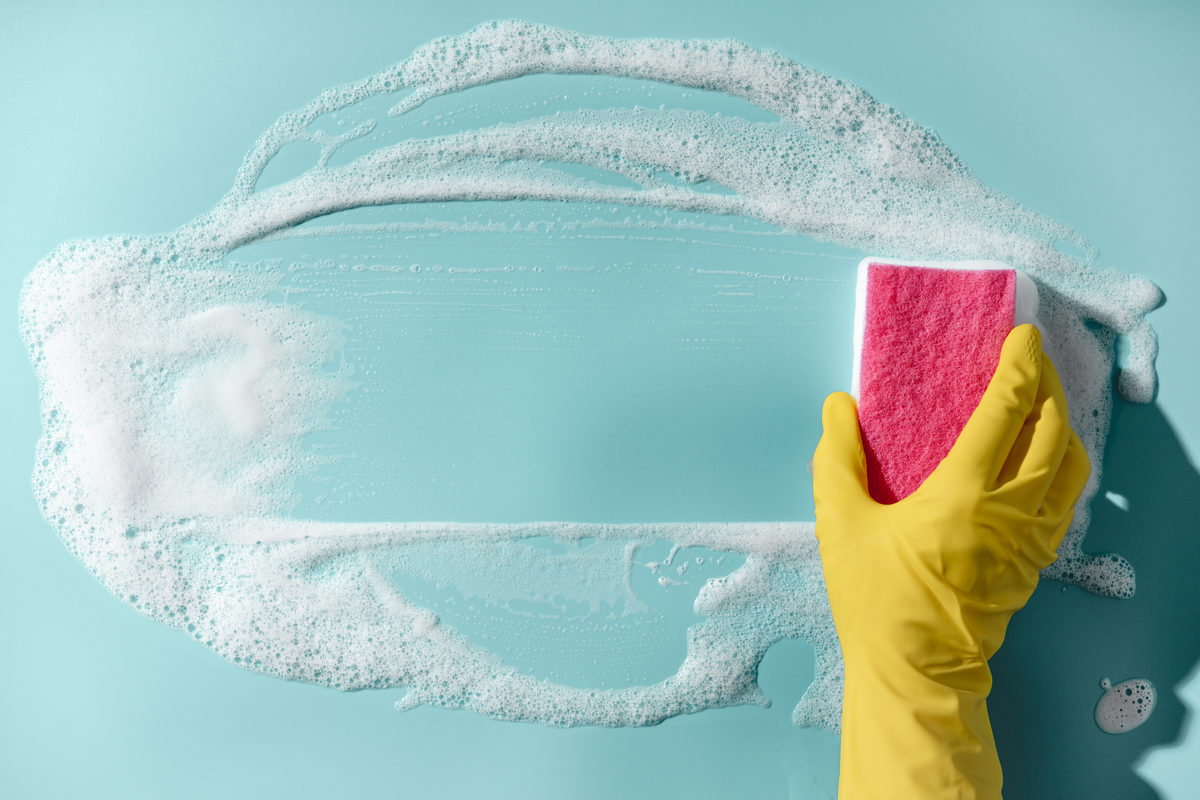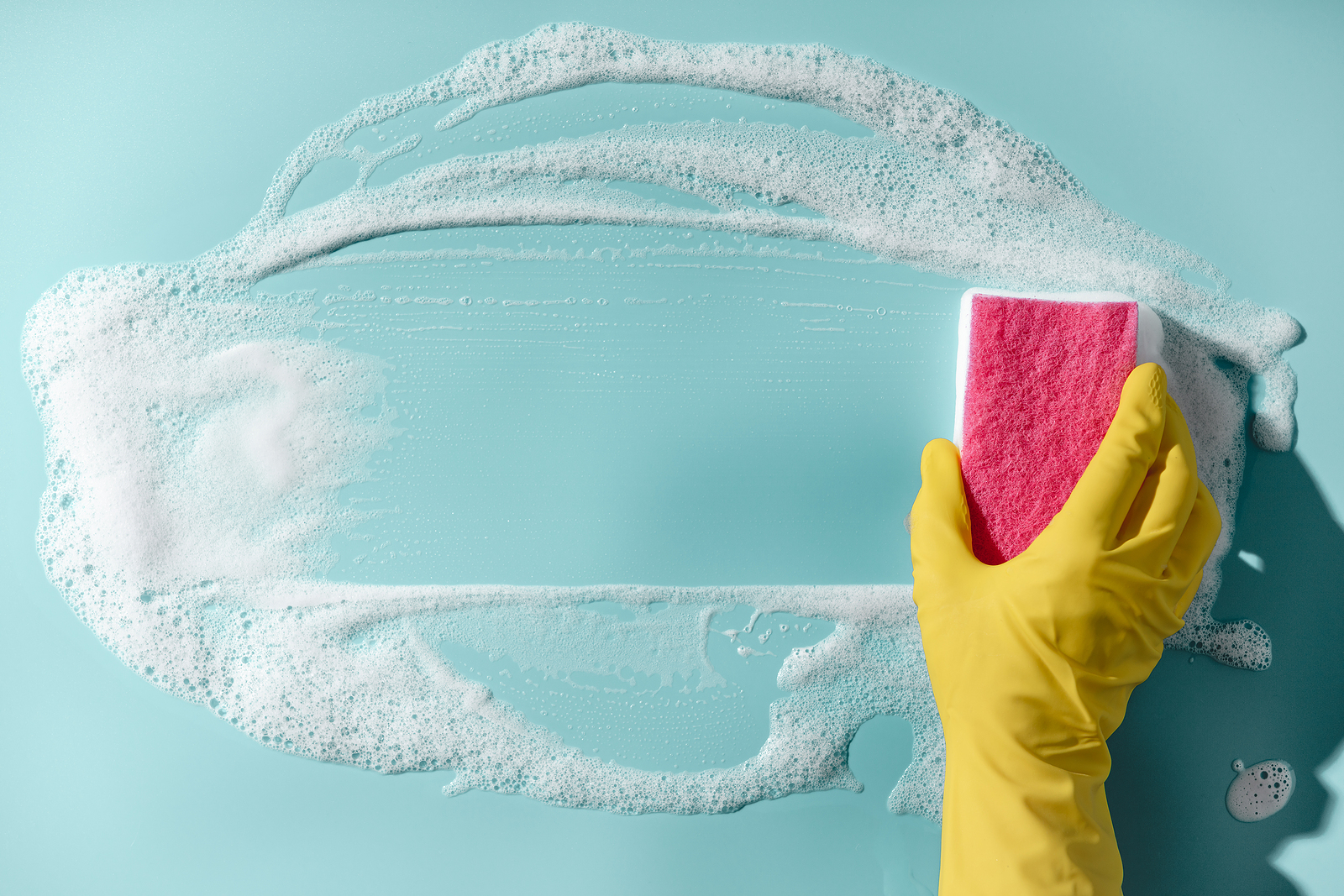The ideal landscape contains a balance of both hardscape elements – rocks, fences, patios, walkways, pavers – and softscape elements – trees, plants, anything living. Achieving this balance, whether with a nod to aesthetics or practicality, can be challenging.
When you have a spot of hardscape, such as a patio, lying between your house and garage, it’s tempting to use it simply as a pass-through from the car to the house, and many people do just that. It’s not difficult, however, to transform that space into an elegant, whimsical or relaxing outdoor retreat.
Whether you want a quiet, private space to enjoy your morning coffee or an area to entertain, here are some patio ideas between the house and detached garage.
Enclose it
Keep prying eyes out of the area and make it cozier by enclosing the patio on the two open sides. Enclosing it also creates an instant courtyard and a blank slate on which to work your creative magic.
The editors of Better Homes and Garden magazine suggest that the enclosure doesn’t have to be a solid fence, but anything that gives the area the feel of being enclosed.
They claim that “A vine-covered trellis or a hedge may close in a small space (perhaps less than 10 feet square) without making it feel claustrophobic.”
If you choose to use a fence, be sure to add something to soften the lines and make it less imposing. Plants are ideal for this situation, especially if you use trees and plants with various heights and textures.
An alternative to using plants to soften the hard lines of a fence or wall is to treat them as you do your indoor walls, by painting them. Stain is another option.
Once the walls are dry, hang waterproof artwork in frames to match your theme, or candle sconces, which will also add a soft glow to dinners on the patio.
Turn it into a courtyard
Courtyards, by definition, are enclosed on the sides and open to the sky. Many people, however, choose to cover the patio so that they can use it year-round.
What to use as a “roof” can be as simple as an umbrella on a small patio, a shade sail or awning or an elaborate pergola, covered in vines.
Keep in mind that when you block out the sky, the space will feel much smaller. If you’re already dealing with a small space you may have to scale back on outdoor furniture and other accessories to maintain an open feeling.
Furnish it
Creating outdoor rooms, that mirror those we find indoors, is becoming quite popular and the sky is the limit when choosing outdoor furniture.
In a large space you can divide the patio into rooms, such as using an outdoor sofa, coffee table and chairs to create a “living room,” or designate a kitchen area complete with a brick oven and outdoor refrigerator and sink.
Small patios benefit from furniture as well, even if you can only fit a small bistro table and two chairs.
Accessorize it
Take a tip from indoor decorators when considering accessories for the patio.
Artwork on the walls or even a mural adds color and character. Wall fountains don’t take up much space and can mask road noise and add ambiance. Hang strings of outdoor lights through the trees.
Other accessories to consider, depending on your space and design, include:
- A fire pit or chimney to keep you warm on chilly evenings
- Misters to cool you off on a warm day
- Sculptures and plaques to add whimsy or texture
- Decorative birdfeeders for your feathered friends
Give it a theme
If you’re having a difficult time deciding which furniture and accessories to use, it might help if you come up with a theme first. Once you have a theme in mind, you can shop for furniture and accessories and even plants that fit the theme. Here are several themes other gardeners use for their patios:
- Southwest
- Tropical
- Cottage
- Farmhouse
- Resort
- Coastal
- Asian
- Modern
- Mediterranean
Find inspirational themes at pinterest.com.
Plant It
The softscape components of your patio are just as important as the hardscape. If the patio is edged with planting beds, consider yourself fortunate.
If you don’t have beds you can still add plants to the patio by growing them in containers. Even certain varieties of trees do well in a suitable sized container so don’t shy away from larger plants.
If you combine more than one type of plant in a hanging planter, choose plants that have the same water, light and nutrient requirements, cautions Randy Drinkard, with the University of Georgia Center for Urban Agriculture.
In your decorating frenzy, don’t forget that this patio is the egress from the house and the detached garage, so leave room for folks to traverse that route.
Another place to find landscaping ideas is in new home developments. The model homes are typically professionally and tastefully landscaped and most patios are staged for potential buyers.
Still stuck for ideas? Check out these ideas for courtyards and these, for patios, at pinterest.com.
